This place is all about the water, and activities in Biscayne are largely of a nautical nature. Boating, paddling, diving and fishing offer endless hours of enjoyment, and those who like to chill and sunbathe on small islands will find themselves at home too.
Here are some of Park Junkie’s favorite activities in Biscayne.
Guide to Biscayne
Boating
Obviously, when visiting a park in which 95% of the park’s area lies underwater, would-be visitors best plan to get out on the water. Fortunately, there are opportunities to just that in Biscayne.
Whether you’re an experienced seaman or a novice, there are plenty of options for exploring Biscayne Bay. If you have your own craft, you’re probably somewhat aware of what this may be like. If not, renting a boat is an option, with several rental companies located in the area. They offer a variety of boats, from small fishing boats to larger yachts, so you can choose one that fits your needs, budget and baller level.
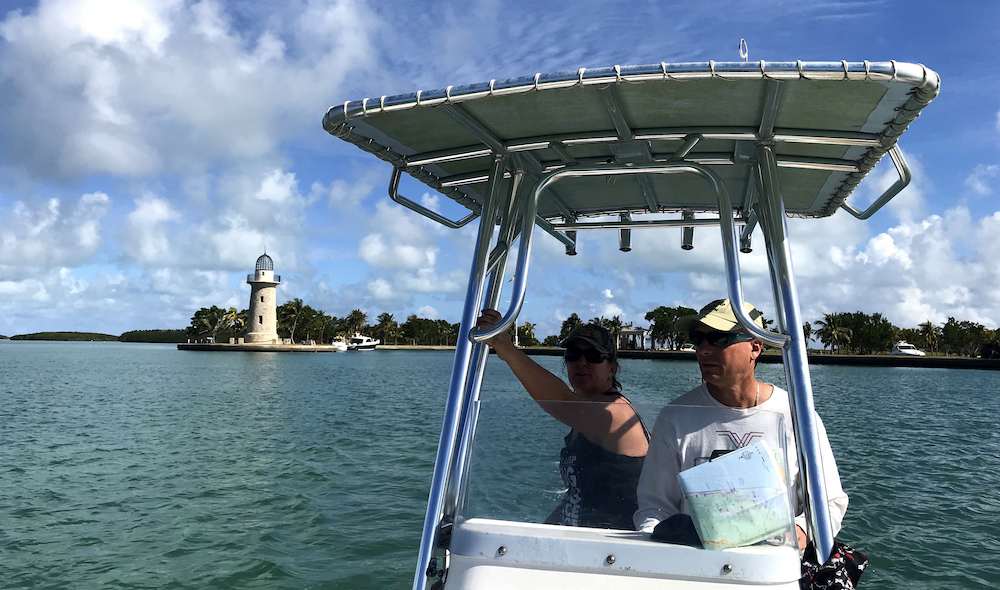
If you prefer to leave the driving to someone else, there are several boat tours available in the area. These tours offer a guided experience that will take you to some of the best spots in Biscayne Bay, including sandbars, secluded coves, and areas rich in marine life. Check out the Biscayne National Park Institute for a list of their tours.
When boating in Biscayne Bay, it’s important to be aware of the rules and regulations. The bay is part of Biscayne National Park, which has specific guidelines for boating, fishing, and other activities. Some areas of the bay are designated as no-wake zones, and there are restrictions on where you can anchor your boat. It’s also important to be aware of the marine life in the area and to avoid disturbing it.
Make sure to pop on over to the NPS Boating page to find the current regulations for operating watercraft inside the park.
NPS – Biscayne – Boating Information
Biscayne National Park Institute
Boat Tours
So yeah, this place is obviously a boater’s paradise. With crystal-clear waters, mangrove-lined shorelines, and diverse marine life, a boat tour in Biscayne offers a unique opportunity to explore the natural beauty of the area while sunning your bones on the deck in that warm Florida sun.
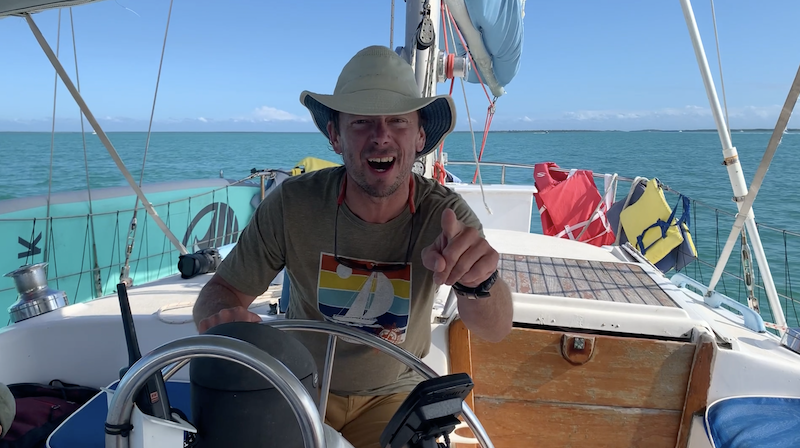
The Biscayne National Park Institute offers a wide variety of tours on Biscayne Bay. There are options that will suite nearly any desire. From Sailing and Snorkeling Tours, to Glass-Bottom Boat Tours, these guys are the folks to speak with if you’re going to be visiting Biscayne and want to experience the park’s aquatic wonders.
Snorkling & Scuba
The park is home to more than 50 shipwrecks, and a large portion of the world’s third largest barrier reef. These factors combine to make Biscayne one of the best areas in the United States for underwater exploration.
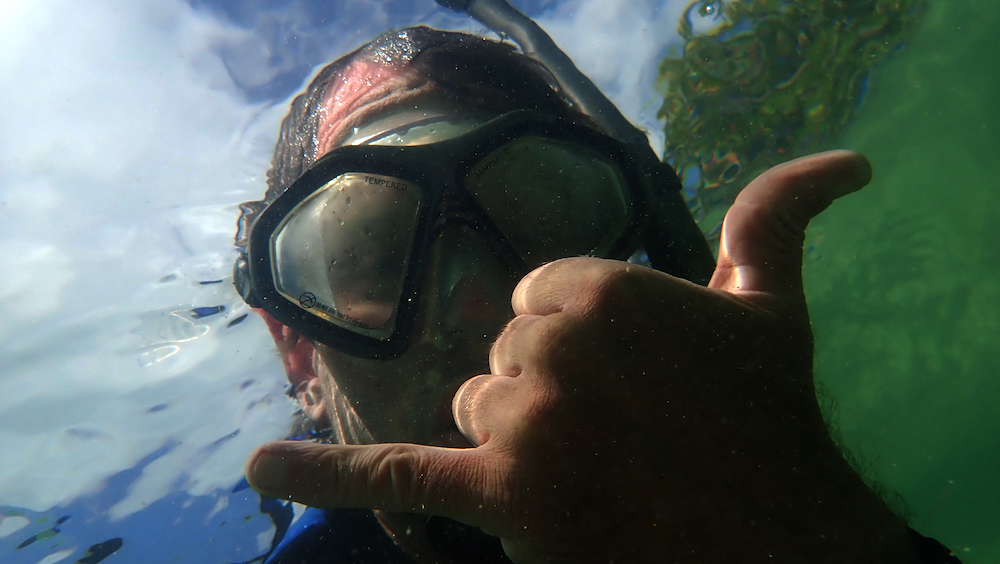
The park offers the Maritime Heritage Trail, which connects six of the park’s more accessible shipwrecks. Two of the six may require SCUBA gear to enjoyably explore, but the others, especially the Mandalay, provide excellent opportunities for snorkelers to experience a shipwreck in the park’s warm, tropical waters. Mooring buoys mark each of the sites, and maps can be obtained from the Dante Fascell Visitor Center.
The Biscayne National Park Institute offers a wide variety of Snorkeling & Scuba Tours in the park.
Kayaking
Kayaking is one of the most popular activities in Biscayne National Park. Visitors can rent kayaks and explore the park’s shallow waters and mangrove forests. The park offers several unmarked kayak routes, including the 1.5-mile-long Jones Lagoon Trail, which takes visitors through a maze of mangrove islands and channels. Visitors can rent kayaks from the park’s visitor center or from several private companies that operate within the park.
Check the weather before setting out on your kayaking adventure. Avoid kayaking in high winds, thunderstorms, or rough seas. You can rent a kayak in the park or bring your own. Make sure to choose a kayak that suits your skill level and the type of water you’ll be kayaking in.
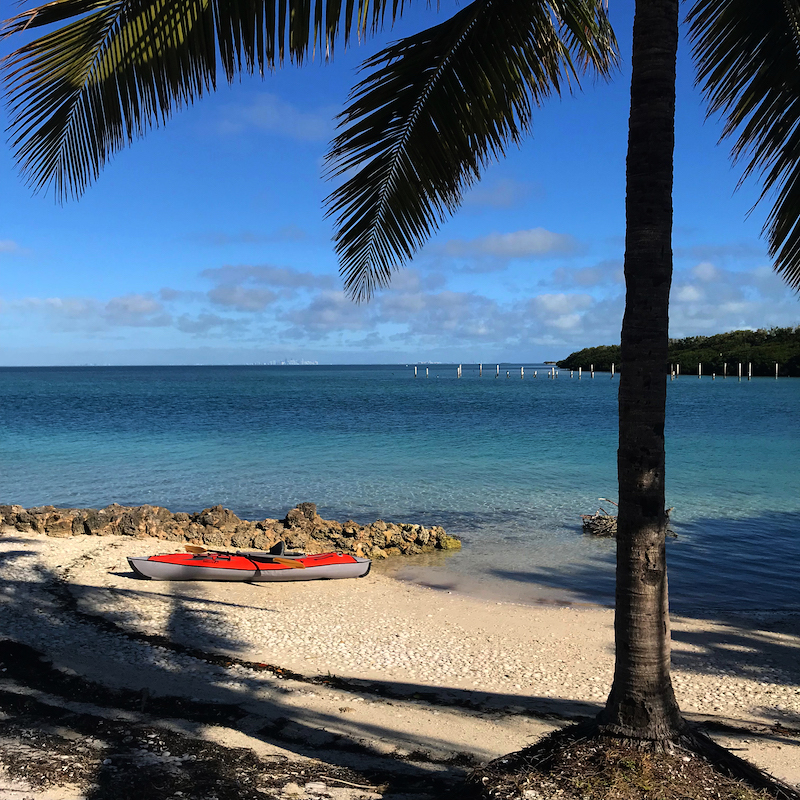
Be sure to bring the necessary gear, including a personal flotation device, water, sunscreen, and a hat. Depending on your route and the weather, you may also want to bring a waterproof bag, snacks, and a camera. It’s important to respect the wildlife in the park, including manatees, dolphins, sea turtles, and numerous species of birds. Keep a safe distance to avoid disturbing them.
Make sure to follow park rules and regulations, such as staying within designated kayaking areas and not littering. If you’re new to kayaking or unfamiliar with the park, consider taking a guided tour. Park rangers and commercial tour operators offer a variety of guided tours that can help you get the most out of your kayaking experience.
Biscayne National Park Institute
Fishing
Fishing is a rewarding pursuit in Biscayne National Park, but visitors must follow certain rules and regulations. Visitors must have a Florida fishing license and must adhere to the park’s catch-and-release policy for certain species.
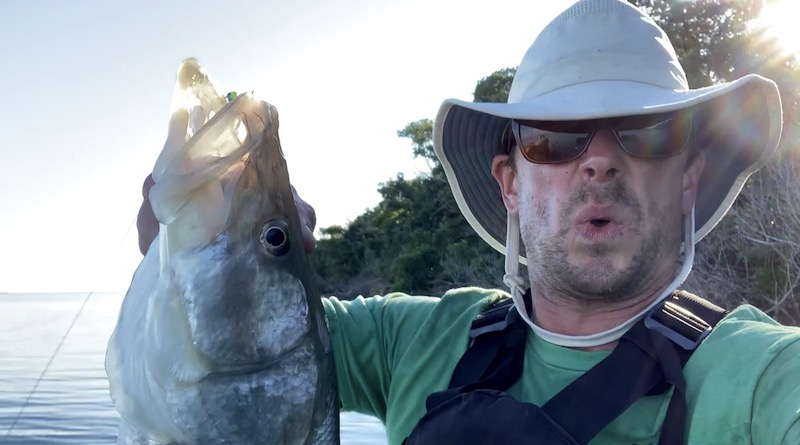
Visitors can fish from shore or from boats, which can be rented from several private companies that operate outside the park.
Check the NPS fishing regulations for current regulations and contact them with any specific questions.
Florida Fish and Wildlife Conservation Commission (850) 488-4676
Sailing
Sailing is another popular activity in Biscayne National Park. Visitors can charter sailboats and explore the park’s waters at their leisure. The park offers plenty of open water upon which to hoist the sails and just cruise around the bay. Be aware of tides, as the waters can be extremely low during low tide. And obviously, the knowledge of how to sail is required for a successful voyage on Biscayne Bay.
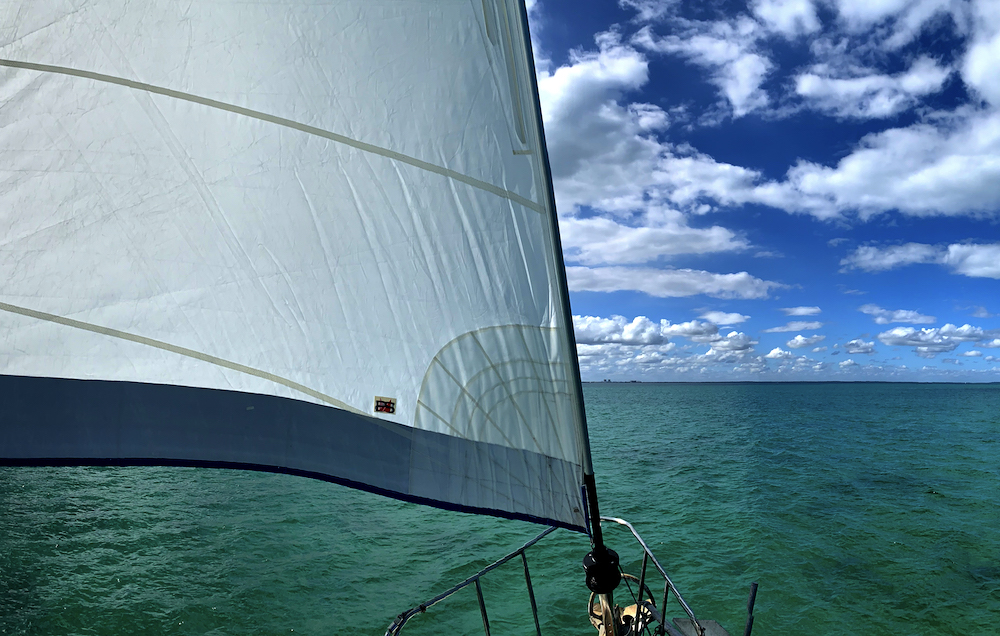
Visitors can charter sailboats from a couple of private companies that are listed below.
Sailo – (305) 407-1817
Biscayne National Park Institute (305) 230-1100
Hiking
Biscayne is probably not high on the lists of hiking destinations across our national parks, and there’s good reason. There is only one trail, and from my experience, it sucks…
Yes, only one trail, the Spite Highway on Elliot Key. It’s a 7-mile-one-way trail, right through a never-ending lane of mangroves. Wildlife is plentiful, but they’re all the buzzing and biting kind. You’ll be wearing bug spray, but that really won’t make the hike any more enjoyable. At the end of the day, the only reason anyone would ever complete this trail would be due to a narcissistic tendency to say they did it…
I tried, and failed. Made it about 30′ into the jungle, then ran out of there in a panic. It’s not pretty in there.
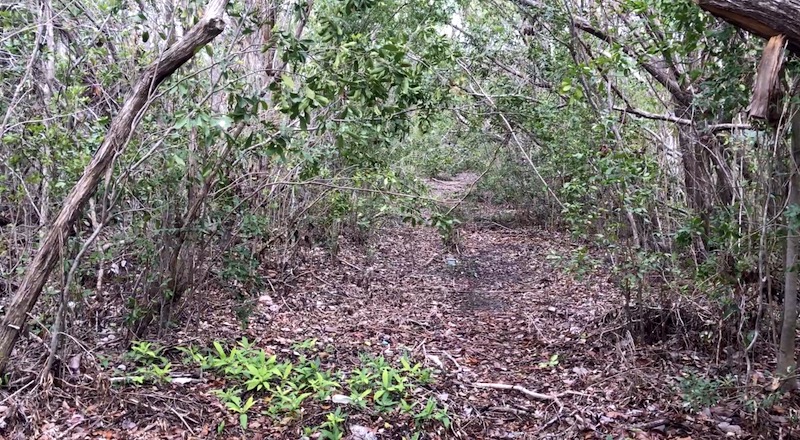
But, since this is the only hiking trail in the park, I guess we better talk about it, briefly. If you want a more in depth history of the park, check out the Biscayne History page.
So, back in the early 1960s, southern Florida was blowing up, and land developers had their eye on any land that they could find. A number of these guys had their eyes on Elliot Key, as it is the largest island in the northern region of the Florida Keys. Plans were soon underway to build a community of high rise condos on the island that would be graced with the romantic name of Islandia.
However, while developers had their sights set on developing this 8-mile-long stretch of mangroves and mosquitoes, land conservation groups had designs on the land as well.
Efforts to preserve the island, and to lock out any potential development, got underway in the mid-1960s, and were lucky to gain the support of a number of powerful political figures, such as vacuum cleaner magnate, Herbert Hoover Jr, who brought numerous legislators from Washington down to fly over the region, hoping to sure up support for an island park.
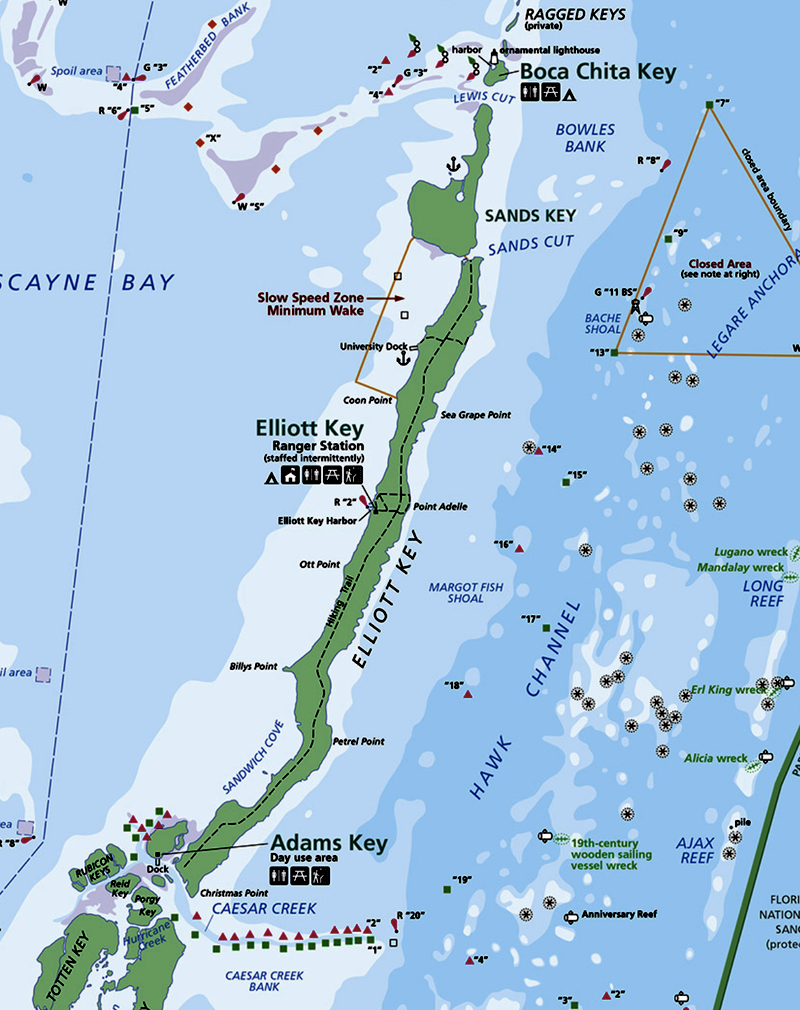
Knowledge of the plans for preservation of the natural habitat led to bitter feuds between the would-be developers and the would-be preservationists. This led to a multitude of nefarious activities, as some claimed that their dogs were even poisoned. The most visible move to prevent preservation however, came when developers brought in bulldozers and cut a six-lane-wide, seven-mile-long swath right through the middle of the island, in an effort to ruin the landscape and make it less attractive as a potential park.
Despite this act, preservation efforts, led in part by Congressional Representative Dante Fascell, for whom the park’s visitor center is named, soon found their way to the desk of President Lyndon B. Johnson, who designated the islands & waters of Biscayne Bay, a National Monument in October of 1968.
Guide to Biscayne
Relevant Links
Biscayne National Park Institute
National Park Guides

All content found on Park Junkie is meant solely for entertainment purposes and is the copyrighted property of Park Junkie Productions. Unauthorized reproduction is prohibited without the express written consent of Park Junkie Productions.
YOU CAN DIE. Activities pursued within National Park boundaries hold inherent dangers. You are solely responsible for your safety in the outdoors. Park Junkie accepts no responsibility for actions that result in inconveniences, injury or death.
This site is not affiliated with the National Park Service, or any particular park.
